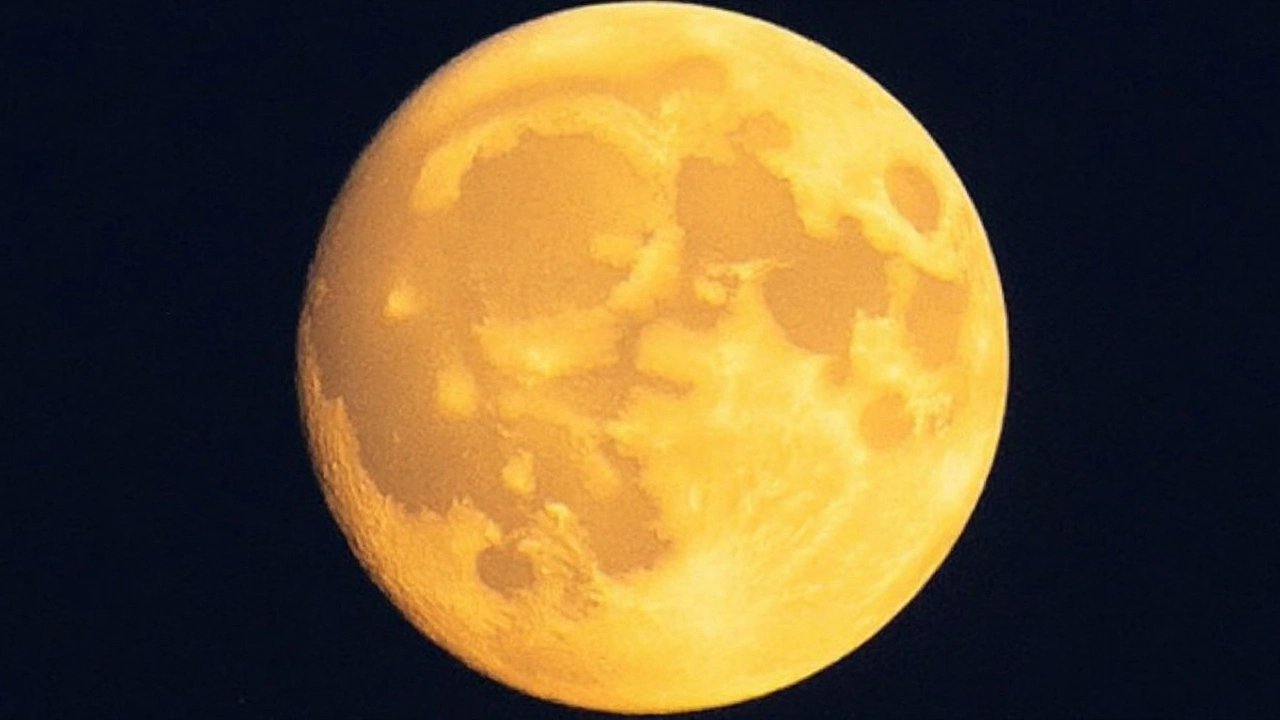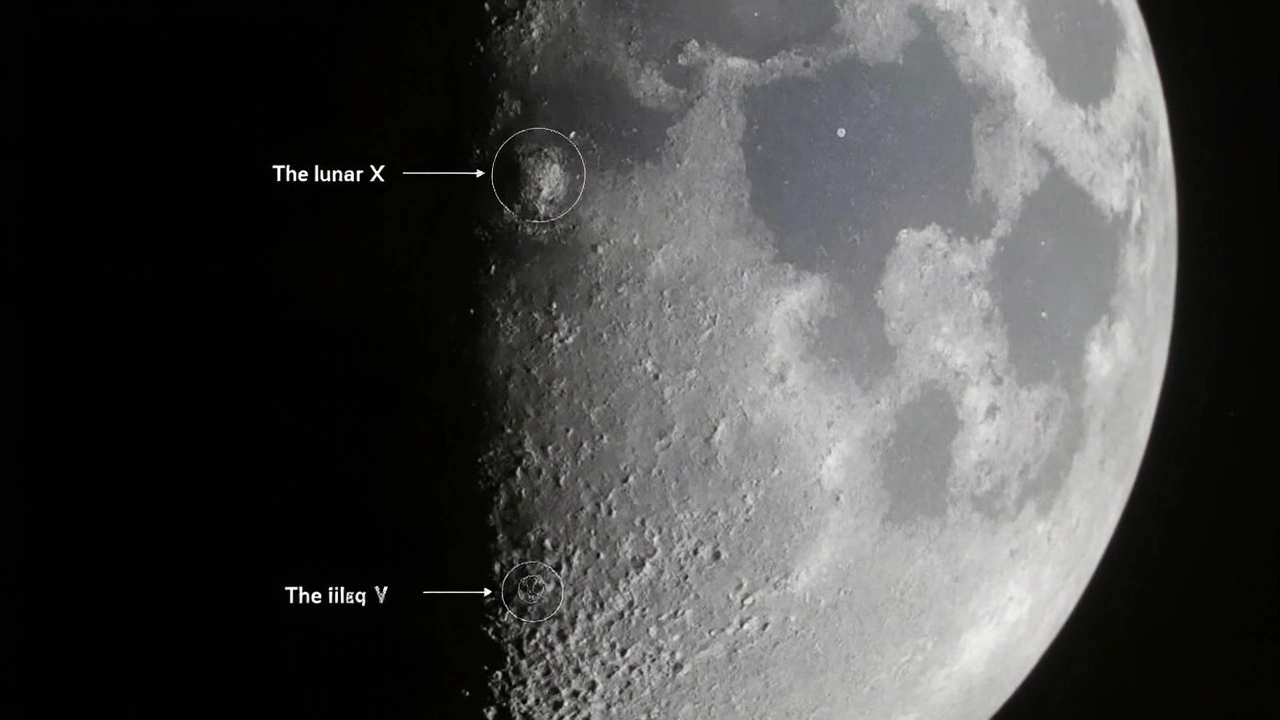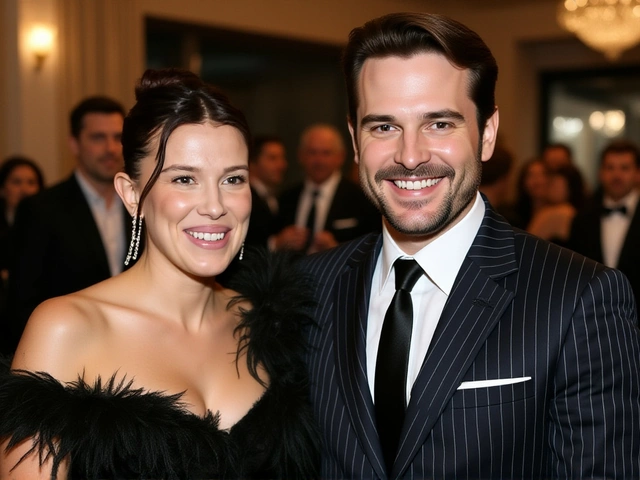Why the Moon Will Show Giant 'X' and 'V' Shapes
Most people have glanced at the moon and noticed familiar craters, but on July 2, 2025, something far more unusual will catch the eye. The moon is set to show off two geometric patterns—a bright 'X' and a bold 'V'—thanks to a neat trick of light and shadow called the clair-obscur effect.
This happens only when the sun hits the lunar surface at a specific angle, perfect for casting crisp shadows in the moon's rugged landscape. Just after sunset that day, as the first quarter moon approaches, these patterns will briefly burst into view on the right side of the moon for skywatchers in the northern hemisphere.

How to Spot the Lunar Letters
The key is timing. These "lunar letters" only pop into sharp relief for a short time—about four hours leading up to the first quarter phase. Right after sunset is your best bet. When the sun is low and the moon is high, the boundary between the moon's day and night sides, known as the terminator, sweeps across familiar craters and ridges, making these shapes leap out in high contrast.
What creates the effect? The 'X' is mostly formed by ridges near the craters La Caille, Purbach, and Blanchinus. The 'V' shows up nearby, etched by a different set of topographical quirks where shadow and sunlight meet, outlining a surprisingly crisp chevron. Neither mark is carved or permanent—they're illusions, visible only during this brief window.
While the alignment happens pretty much every month as the first quarter moon approaches, it rarely looks quite so clear. This time, the orientation and angle from Earth combine just right for maximum visibility. All you need is a pair of binoculars or a small telescope, and a clear sky. No fancy equipment necessary—the shapes are big enough for average backyard stargazers to spot.
- Look for the first quarter moon high in the west around sunset on July 2, 2025.
- Scan the partially lit right half for obvious, bright patterns resembling the letters 'X' and 'V'.
- Peak viewing spans the four hours before the exact first quarter phase, so don't wait too late.
Stargazing communities and amateur astronomers often post real-time updates and reminders for events like this one, so it’s worth checking your local astronomy club’s social media feeds for more tips. The next time you glance up and spot strange shapes on the moon, you’ll know it’s not your eyes playing tricks—it's just astronomy putting on a show.





